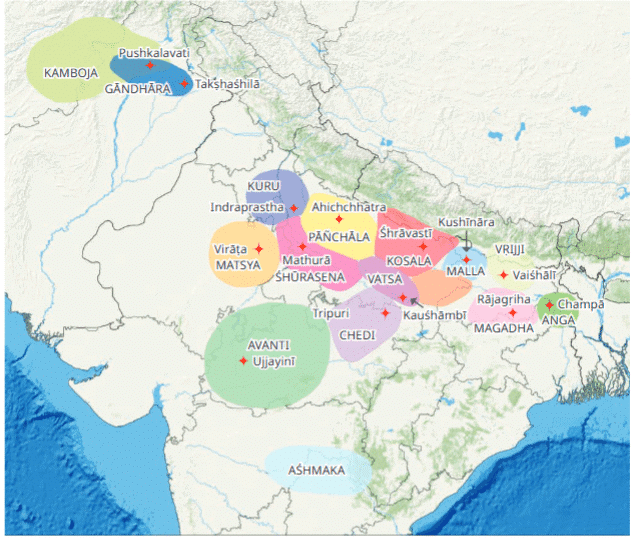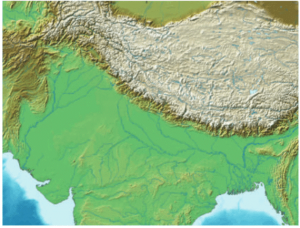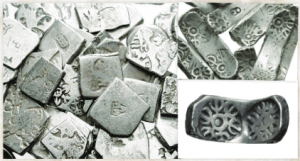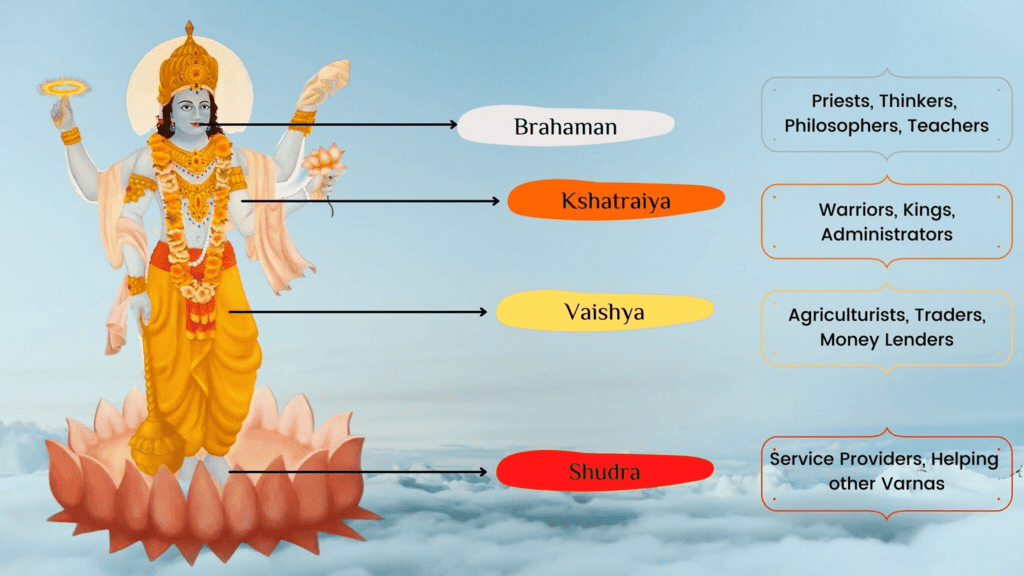VSAQ for Chapter 4 New Beginnings: Cities and States Class 7 Social Science NCERT
Important Questions1
Q1: What was India’s First Urbanisation?
Answer
India’s First Urbanisation refers to the Harappan Civilisation that ended around 2000 BCE.
VSAQ
2
Q2: When did India’s Second Urbanisation begin?
Answer
India’s Second Urbanisation began in the 1st millennium BCE.
VSAQ
3
Q3: What are janapadas?
Answer
Janapadas were early settlements or territories formed by clans in north India.
VSAQ
4
Q4: What does the word "janapada" literally mean?
Answer
"Janapada" means "where people set foot".
VSAQ
5
Q5: Who ruled over a janapada?
Answer
A janapada was ruled by a raja.
VSAQ
6
Q6: What are mahajanapadas?
Answer
Mahajanapadas were larger states formed by merging janapadas.
Map of 16 Mahajanpadas
VSAQ
7
Q7: How many mahajanapadas are mentioned in ancient texts?
Answer
Ancient texts mention 16 mahajanapadas.
VSAQ
8
Q8: Name two powerful mahajanapadas.
Answer
Magadha and Kosala were two powerful mahajanapadas.
VSAQ
9
Q9: What was the capital of Vatsa?
Answer
The capital of Vatsa was Kauśhāmbī.
VSAQ
10
Q10: What were the capitals of mahajanapadas known for?
Answer
They were large, fortified cities with moats and narrow gateways.
VSAQ
11
Q11: What geographical region did many mahajanapadas develop in?
Answer
Many mahajanapadas developed in the Ganga plains.
VSAQ
12
Q12: Why was the Ganga plain suitable for settlements?
Answer
It had fertile land ideal for agriculture.
Fertile Ganga Plains heped Mahajanpadas to grow
VSAQ
13
Q13: What natural resource helped make tools and weapons during this period?
Answer
Iron ore from nearby mountains helped make tools and weapons.
VSAQ
14
Q14: What is a sabhā or samiti?
Answer
Sabhā or samiti was a council of elders advising the raja.
VSAQ
15
Q15: What kind of rule did monarchies follow?
Answer
Monarchies were hereditary and ruled by a single raja.
VSAQ
16
Q16: Name one mahajanapada that followed the gana or sangha system.
Answer
Vajji followed the gana or sangha system.
VSAQ
17
Q17: What is an early example of a democratic system in India?
Answer
The gana-sangha system is an early example of democracy.
VSAQ
18
Q18: Which texts give us information about this period?
Answer
Late Vedic, Buddhist, and Jain texts give us information about this period.
VSAQ
19
Q19: What did punch-marked coins look like?
Answer
They were silver coins stamped with symbols.
Punch Marked Coins
VSAQ
20
Q20: What role did coins play during this time?
Answer
Coins were used for trade within and between regions.
VSAQ
21
Q21: What is the meaning of jāti?
Answer
Jāti is a group of people with a specific job passed down in families.
VSAQ
22
Q22: What were the four varnas in Vedic society?
Answer
The four varnas were Brahmins, Kshatriyas, Vaishyas, and Shudras.
VSAQ
23
Q23: What is the English word “caste” derived from?
Answer
The word “caste” comes from the Portuguese word “casta”.
VSAQ
24
Q24: What is iron metallurgy?
Answer
Iron metallurgy is the use of iron to make tools and weapons.
VSAQ
25
Q25: What are the Dakshinapatha and Uttarapatha?
Answer
They were ancient trade routes linking different parts of India.
VSAQ
26
Q26: What does the word janapada literally mean?
Answer
Where people set foot.
VSAQ
27
Q27: Name any one mahajanapada with a republican form of government.
Answer
Vajji.
VSAQ
28
Q28: What metal became common for tools and weapons in this period?
Answer
Iron
VSAQ
29
Q29: What were early Indian coins called?
Answer
Punch-marked coins.
VSAQ
30
Which ancient capital is now near modern-day Patna?
Answer
Rajagriha.
Varna System
VSAQ